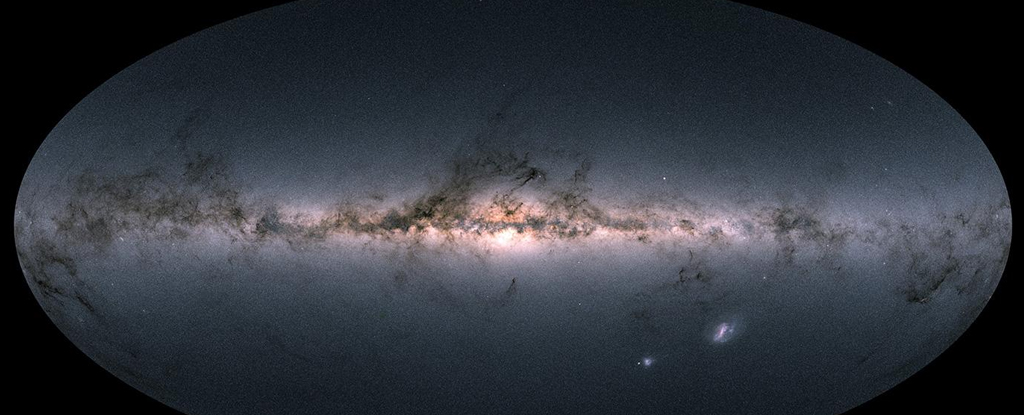
Look hard enough at the roiling mist of gas and starlight that is our galaxy, and you'll find traces of a violent upbringing.

For years, astronomers thought it was the Milky Way’s destiny to collide with its near neighbor the Andromeda galaxy a few billion years from now. But a new simulation finds a 50% chance the impending crunch will end up a near-miss.

Astronomers have found evidence for an intermediate-mass black hole in IRS 13, a population of dusty stellar objects within the nuclear star cluster of our Milky Way Galaxy.

The two new satellites, named Virgo III and Sextans II, were discovered in a region of space already crowded with more dwarf galaxies than models of dark matter predict.

The Milky Way is only as massive as it is because of collisions and mergers with other galaxies.

A study of the stars crashing around in the Milky Way's galactic center suggests that they are much, much older than they appear – and that their youthful good looks are the result of cosmic cannibalism.

A new image from the Event Horizon Telescope (EHT) collaboration has uncovered strong and organised magnetic fields spiraling from the edge of the supermassive black hole Sagittarius A* (Sgr A*).

A search for the first stars that winked into existence at the dawn of the Universe has yielded one of the oldest stars we've found yet, right next door to our own galaxy.

Towards the center of the galaxy, two streams of stars nearly as old as the Universe have been discovered circling the heart of the Milky Way. These two streams have been named Shiva and Shakti.

A few years ago, astronomers uncovered one of the Milky Way's greatest secrets: an enormous, wave-shaped chain of gaseous clouds in our sun's backyard, giving birth to clusters of stars along the spiral arm of the our galaxy.

The discovery of phosphorus in a molecular cloud at the edge of the Milky Way galaxy extends the presence of the element almost twice as far out as where it was known to exist.

Every 76 minutes, like clockwork, the gamma-ray flux of Sagittarius A*, the supermassive black hole in our galaxy, fluctuates, suggesting an orbital motion of something whirling madly around the black hole.

The closest black hole to Earth was thought to be 1,560 light-years away - but a new study suggests there could be one around 150 light-years away.

Scientists detected a high-energy neutrino emission from within the Milky Way for the very first time using the IceCube Neutrino Observatory. Neutrinos are incredibly hard to detect.

In 2020 astronomers found six objects orbiting Sagittarius A* that are unlike anything in the galaxy. They are so peculiar that they have been assigned a brand-new class – what astronomers are calling G objects.